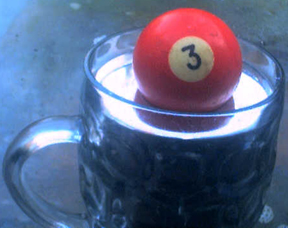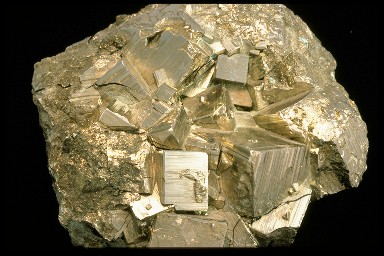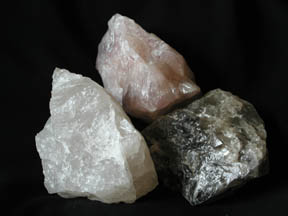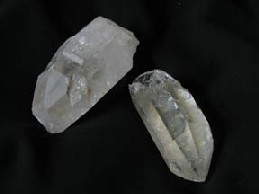The periodic table of the elements with metallic elements colored in green, nonmetallic in orange and metalloids in blue.
Click on image for full size
L.Gardiner/Windows to the Universe
Metals, Nonmetals, & Metalloids
The periodic table on the left separates elements into three groups: the metals (green in the table), nonmetals (orange), and metalloids (blue).
Most elements are metals. They are usually shiny, very dense, and only melt at high temperatures. Their shape can be easily changed into thin wires or sheets without breaking. Metals will corrode, gradually wearing away, like rusting iron. Heat and electricity travel easily through metals, which is why it is not wise to stand next to a flagpole during a thunderstorm!
Nonmetals, on the right side of the periodic table, are very different from metals. Their surface is dull and they don’t conduct heat and electricity. As compared to metals, they have low density and will melt at low temperatures. The shape of nonmetals cannot be changed easily because they are brittle and will break.
Elements that have properties of both metals and nonmetals are called metalloids. They can be shiny or dull and their shape is easily changed. Electricity and heat can travel through metalloids but not as easily as they travel through metals.
Last modified April 18, 2003 by Lisa Gardiner.
You might also be interested in:

Everything you see around you is made of tiny particles called atoms. There are many different types of atoms, each with a special combination of protons , neutrons and electrons . These different types
...more
An element (also called a "chemical element") is a substance made up entirely of atoms having the same atomic number; that is, all of the atoms have the same number of protons. Hydrogen, helium, oxygen,
...more
Density is a measure of how much mass is contained in a given unit volume (density = mass/volume). It is usually expressed in kg/m^3. Put simply, if mass is a measure of how much ‘stuff’ there is in an
...more
Solid is one of the four common states of matter. The three others are gas, liquid, and plasma. There are also some other exotic states of matter that have been discovered in recent years. Unlike liquids
...more
Spotting minerals is fun! There are many different types of minerals, each with a different name and a special set of characteristics. So, if you find a mineral that you do not recognize, you can use
...more
Quartz is one of the most common mineral in Earth’s crust! Silica (Si) and Oxygen (O) are the only elements within pure quartz. If a cooling magma has silica leftover after feldspars form, quartz is likely
...more
Mica minerals make some rocks sparkle! They are often found in igneous rocks such as granite and metamorphic rocks such as schist. They sparkle because light is reflected on their flat surfaces, which
...more













